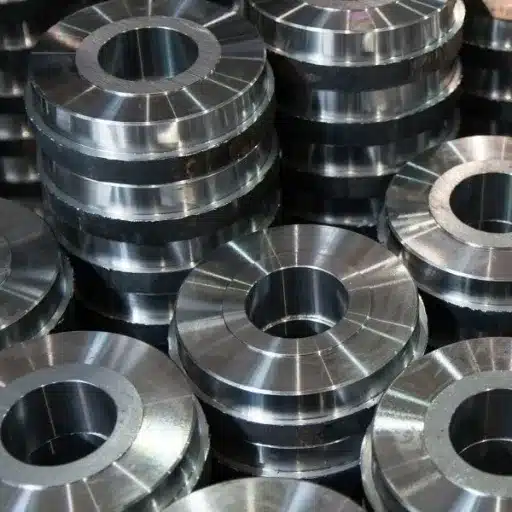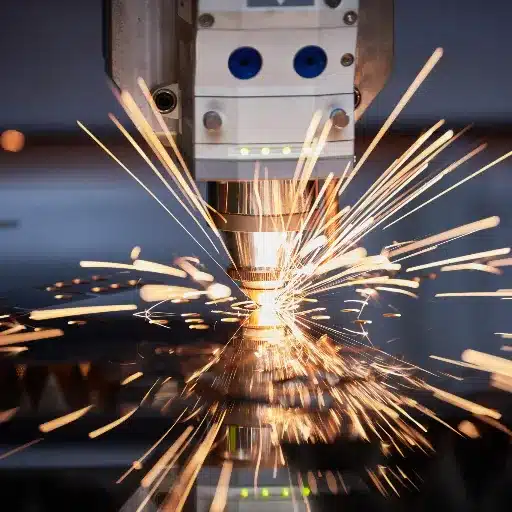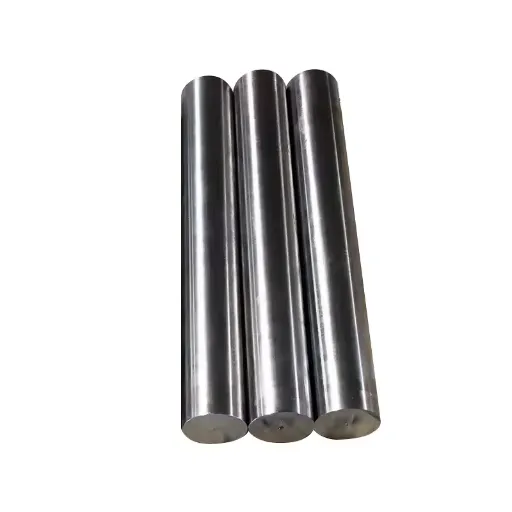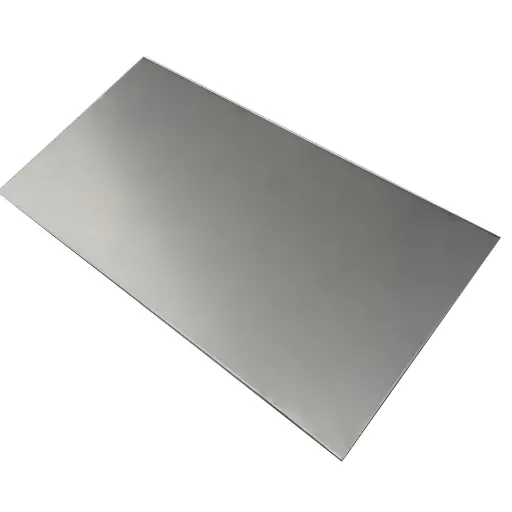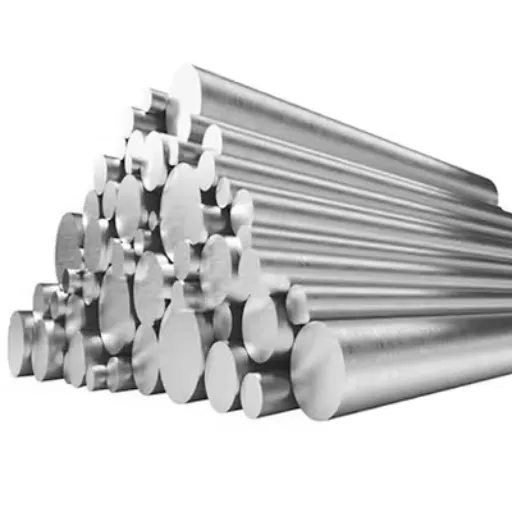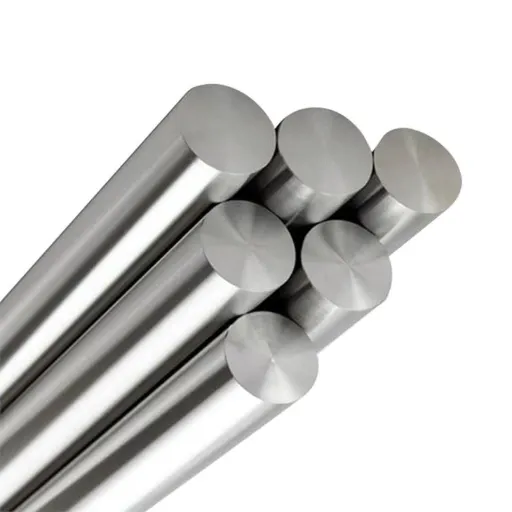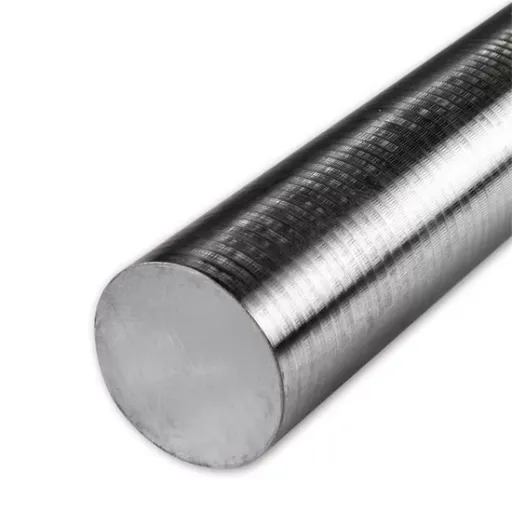Stainless steel forms the backbone of many industries, ranging from architecture and automobiles through food processing and medical-related equipment. Depending on what one’s purpose is, from engineers to designers to manufacturers around the globe go for a material that offers versatility, durability, and corrosion resistance. Perhaps an interesting fact is that stainless steel is not a single material; rather, there are many different types and grades, each with its own set of properties and specific applications, so many that it might seem impossible to grasp all these differences. Here, we delve into the amazing world of stainless steels, paying particular attention to types, characteristics of austenitic grades, complete steel grade charts. From professionals in the field to curious folks out there interested in the materials that make up their environment, this guide will tag along with you down the information path that will help you in decision-making.
Introduction to Stainless Steels
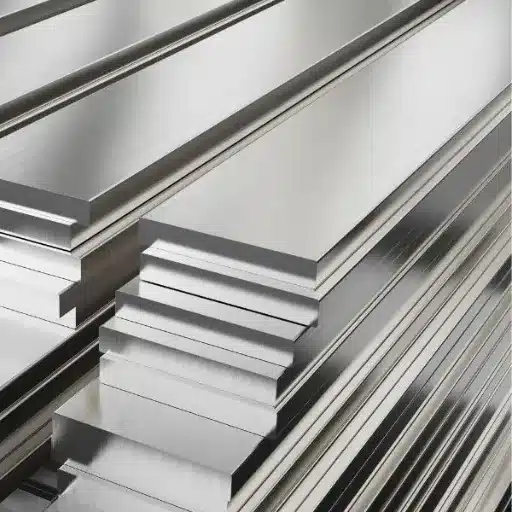
The stainless steels have an amazing versatility with regard to corrosion resistance, toughness, and longevity. Various kinds and grades make it really hard to identify the unique characteristics and applications. This constitutes my attempt to clarify the scenario by concentrating on the major features of austenitic grades, together with a full steel grade chart, which will hopefully be more revealing than abstract.
!An Interesting Aspect to Note about Stainless Steel Grades
It is very important to understand stainless steel grades in order to choose the most suitable material for a particular application as each grade carries specific characteristics for a specific application. Based on their microstructure and alloy composition, stainless steels are categorized into several families such as austenitic, ferritic, martensitic, duplex, and precipitation-hardening.
Key Statistics:
- 40% of life-cycle costs can be amplified due to inappropriate material choice leading to material failure
- Most common grades in the austenitic family are 304 and 316
Types of Stainless Steel
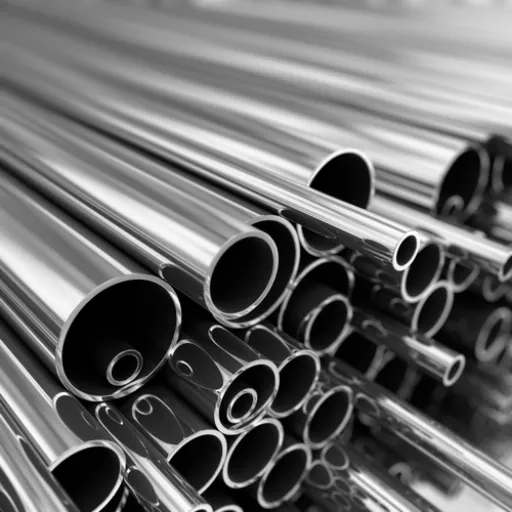
1Austenitic Stainless Steel
Market Share: ~70% of all stainless steel production
High chromium and nickel contents cast for outstanding corrosion resistance and formability. Common grades include 304 and 316 stainless steel. 304 is generally referred to for versatility, whereas 316, with molybdenum added, resists more vigorously to harsh chemicals and marine environments.
Applications: Medical equipment, food processing plants, and architecture
Non-magnetic properties
2Ferritic Stainless Steel
Chromium Content: 12-17% with low or zero nickel
Less expensive than austenitic stainless steel while still presenting satisfactory corrosion resistance. Ferritic-grade stainless steels, such as 430, are magnetic and are resistant to stress corrosion cracking.
Applications: Automotive exhaust systems, industrial machinery, kitchenware
Magnetic properties, lower ductility
3Martensitic Stainless Steel
Chromium Content: 11-13% with higher carbon content
Designed to provide high strength and hardness. Their corrosion resistance is inferior to austenitic grades; however, this type is useful in situations that demand very high tensile strength, exceptional wear resistance, or the possibility of hardening through heat treatment.
Applications: Surgical instruments, turbine blades, cutlery
Popular grades: 410 and 420
What Are Stainless Steel Grades?
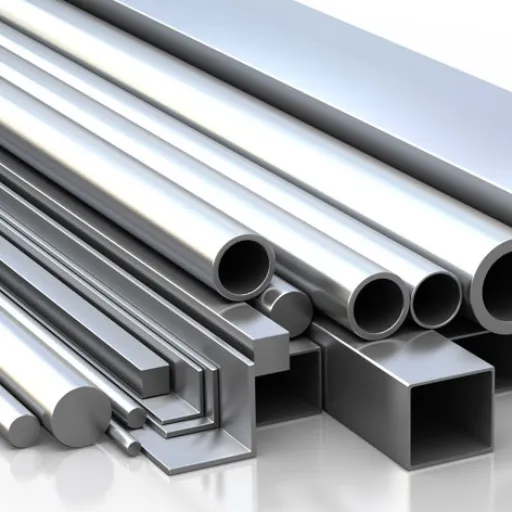
Stainless steel grades are simply classifications that perfectly differentiate the various types of stainless steel on the basis of their chemical composition and properties. These grades essentially characterize each type in terms of corrosion, strength, and application suitability.
Performance: Effect of the Grades
The grade of stainless steel bears great importance in the strength, corrosion resistance, heat resistance, and environmental adaptability of the stainless steel considered. The major primary grades have the austenitic stainless steels like 304 and 316 still very widely used for their superior corrosion resistance, formability, and weldability; for example, grade 316 stainless contains molybdenum, which helps resist pitting and crevice corrosion from marine or chloride-heavy environments.
Market Growth Statistics
- Duplex stainless steel demand: Growing at 4.5% CAGR
- Global consumption target: Set to cross 6 million tons per annum by 2030
- Key industries: Oil and gas, construction, chemical processing
Austenitic Stainless Steel (304 and Beyond)
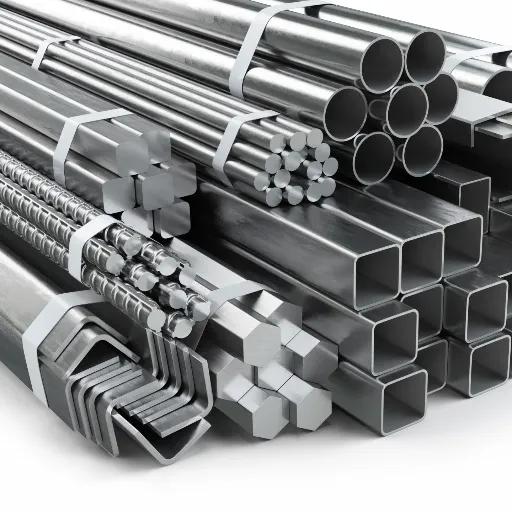
An austenitic stainless steel is widely regarded for its excellent corrosion resistance, ductility, and non-magnetic behavior. Being one of the most common austenitic grades, type 304 stainless steel is often called an “18-8” stainless steel because of its chemical composition of 18% chromium and 8% nickel.
| Grade | Composition | Key Features | Applications |
|---|---|---|---|
| 304 | 18% Chromium, 8% Nickel | Good strength, fabrication, oxidation resistance | Food processing, chemical equipment, kitchenware |
| 316 | 304 + 2% Molybdenum | Superior chloride resistance | Marine environments, pharmaceutical industry |
Cost Comparison: Type 316 is roughly 10% higher in price than 304, but provides 30% more performance in very corrosive environments.
Ferritic Stainless Steel: Properties and Applications
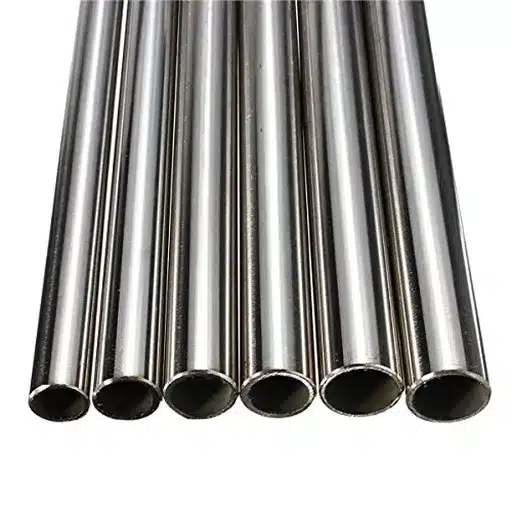
Ferritic stainless steels are iron-chromium alloys with generally 10.5 to 30% chromium and low carbon. In contrast to austenitic stainless steels, ferritic grades are magnetic and offer corrosion resistance in milder environments, especially. They have a higher thermal conductivity, comparatively lower expansion characteristics and, therefore, are used in heat exchangers and automobile exhaust systems.
Advantages
- Higher thermal conductivity
- Lower expansion characteristics
- Excellent stress corrosion cracking resistance
- Cost-effective
- Magnetic properties
Limitations
- Limited ductility
- Welding challenges in load-bearing structures
- Moderate corrosion resistance
Making Sense of the Stainless Steel Grade Chart
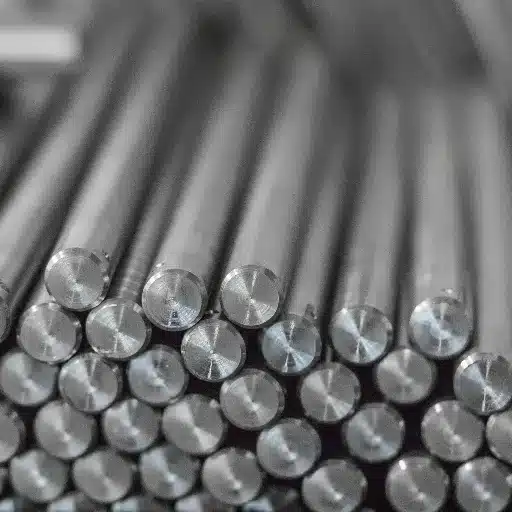
The stainless steel grade-based chart is an essential technical instrument to classify different types of stainless steel on the basis of their properties and the chemical composition. Usually, these grades are classified into four main groups, i.e., austenitic, ferritic, martensitic, and duplex.
| Grade Family | Grade Range | Key Characteristics | Primary Applications |
|---|---|---|---|
| Austenitic | 200 & 300 Series (304, 316) | Excellent corrosion resistance, versatility, non-magnetic | General purpose, food processing, chemical equipment |
| Ferritic | 400 Series | Economical, moderate corrosion resistance, magnetic | Automotive trims, exhaust systems, appliances |
| Martensitic | 400 & 500 Series | Excellent strength, wear resistance, hardenable | Cutlery, surgical instruments, turbine blades |
| Duplex | 2205, 2507 | High strength, chloride stress corrosion resistance | Chemical processing, marine industrial applications |
Factors to Consider When Selecting a Grade
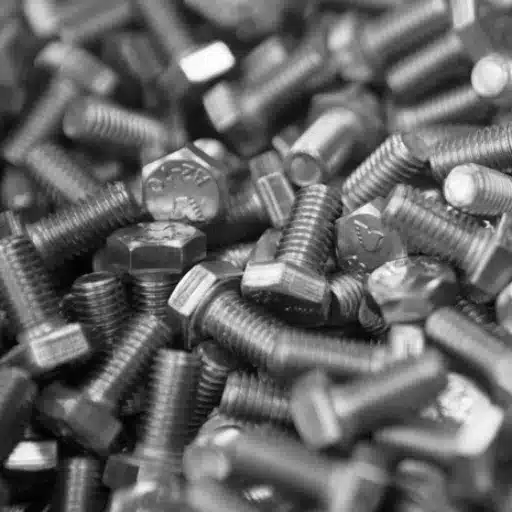
1Corrosion Resistance
Consider the environment where the stainless steel will operate. Chromium level affects resistance, with grades like 304 and 316 offering different levels of protection.
2Strength Requirements
Assess yield and tensile strength needs. Duplex steels like 2205 offer higher strength than conventional austenitic grades.
3Manufacturing Process
Consider machinability and weldability requirements depending on your manufacturing process and fabrication needs.
4Cost & Availability
Balance performance requirements within budget constraints while considering long-term maintenance and lifecycle costs.
Environmental Factors in Detail
One major aspect in the choice of stainless steel grade is corrosion resistance, with this affecting longevity and maintenance costs. Corrosion resistance varies mainly according to the chromium level in the alloy; these grades, like 304 and 316, can resist a great deal of rusting. However, 316 stainless steel, with the addition of molybdenum, has been found to outperform others in chloride-bearing environments, corrosive to coastal and marine environments.
Special Environment Considerations
- High humidity & saltwater: Industries prefer 316 stainless steel for extra durability
- Mild corrosive exposure: 304 stainless steel is generally sufficient
- Extreme temperatures: Grades like 310 and 321 for cryogenic or high-heat environments
Strength and Durability Requirements
| Grade | Tensile Strength (MPa) | Yield Strength (MPa) | Best Applications |
|---|---|---|---|
| 304 | ~515 | ~210 | General applications |
| 2205 (Duplex) | ~620 | ~450 | High-stress environments |
| 410 (Heat-treated) | >1,000 | Variable | High-impact applications |
Reference Sources
-
Atlas Steels: This source offers a detailed stainless steel grade composition chart, listing various grades like 304, 316, 321, and more, along with their chemical compositions. Atlas Steels Stainless Steel Grade Chart1.
-
Essentra Components: This guide explains different stainless steel grades, including austenitic and martensitic types, and provides a chart for better understanding. Essentra Components Stainless Steel Grades2.
-
SteelPro Group: This resource categorizes stainless steel into five main families and provides a comprehensive grades chart. SteelPro Group Stainless Steel Grades3.
Frequently Asked Questions (FAQs)
Conclusion
Understanding stainless steel grades is crucial for making informed material selection decisions. From the versatile 304 grade for general applications to the marine-resistant 316 grade, and from the economical ferritic grades to the high-strength duplex varieties, each type serves specific industrial needs. By considering factors such as corrosion resistance, strength requirements, manufacturing processes, and cost constraints, engineers and designers can select the optimal stainless steel grade that ensures long-term performance and value in their applications.

